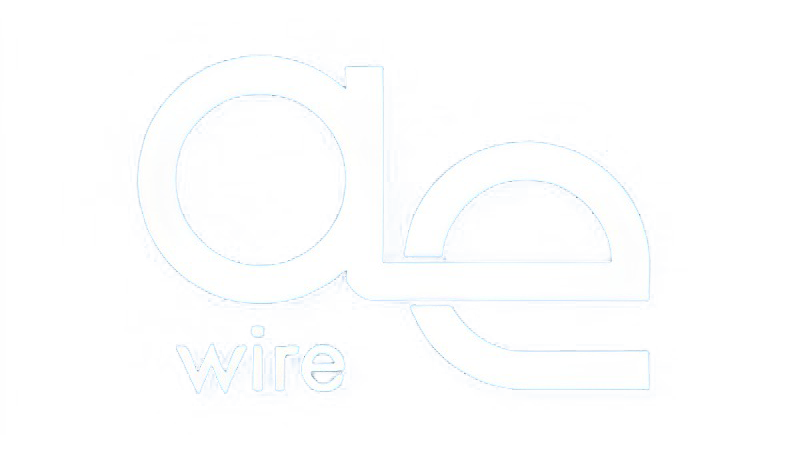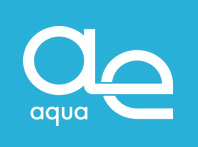
High-performance
wire platings

Germ control in process
fluids and drinking water
ae-wire
At a glance

Edelhoff – technology leader for surface-finished special wire solutions
- We are your partner for the development and production of the most demanding special wire solutions in high-tech industries
- Our electroplated and hot dipped wire solutions are as specific as your requirements
- We will also be happy to offer you small series and contract platings
- Our philosophy is one of continuous innovation, sustainable processes and maximum quality standards
Geometries

Round wire

Profile wire
![]()
Flat wire
Core materials
• Copper
• Copper alloys
• Nickel
• Nickel alloys
• Steel / iron
• Stainless steel
• Composite materials
• Special alloys
Plating materials
• Tin
• Tin alloys
• Nickel
• Copper
• Iron
• Silver
• Gold
• Palladium
Wire modifications
• Annealing
• Knurling
• Reflow
• Die-burnishing
• Anti-tarnish protection
• Temperature resistance
• Whisker protection
• Barrier layer
• Galvanic (electrolytic) coating
• Hot dip tinning
Feindrahtwerk A. Edelhoff – that’s us

Quality leader with
5,000+ wire solutions

Innovation
partnerships

Customers in over
50 countries worldwide

Since 1760 –
Made in Germany
Geometries
Round Wire
⌀ 0,028 – 3,00 mm
Profile Wire
⌀ bis 3,00 mm²
Flat Wire
⌀ bis 5,95 mm
Industries
Industrial electronics
Modern machines are controlled by high-quality electronics – our wires and platings support their reliability
Automotive
Whether in plugs or in electronics – our wires and platings ensure a safe ride
Photovoltaics / lighting technology
Green energy – special wires from Edelhoff ensure maximum efficiency and a maximum service life
Aerospace
Where safety and reliability have the highest priority: special wires from Edelhoff are on board
Musical strings
The sound makes the music – our wires sound in grand pianos, uprights, violins and guitars from leading manufacturers
Special cables
Conducts currents, impulses and information to the right places – our wires make sure they get there safely and quickly
Contacts
Feindrahtwerk Adolf Edelhoff GmbH & Co. KG

Am Großen Teich 33
D-58640 Iserlohn

Phone +49 23 71/43 80-0
Personal data that you send us via the above contact form will only be used to respond to your enquiry and for the technical administration associated with this process. The data will not be passed on to third parties.
You have the right to revoke your consent to contact us at any time with effect for the future. In this case, the personal data stored about you will be deleted immediately. After processing your request, the data will also be deleted immediately.
Further information on data privacy and the handling of personal data can be found in our data protection declaration.
Imprint | Data Privacy | Sitemap
Feindrahtwerk Adolf Edelhoff GmbH & Co. KG • Am Großen Teich 33 • 58640 Iserlohn • Tel.: +49 23 71/43 80-0 • info@edelhoff-wire.de



